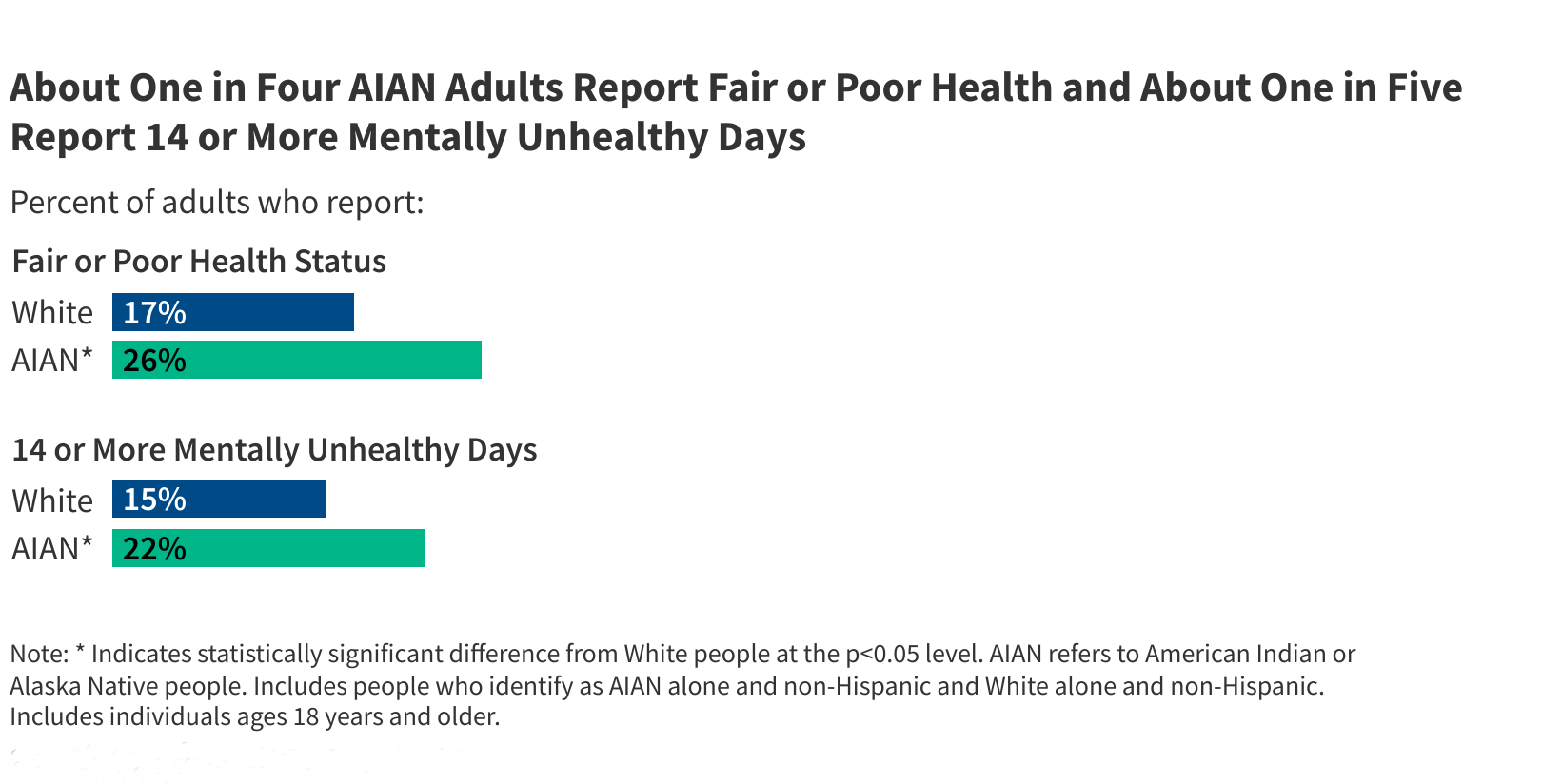For decades, the 4% retirement withdrawal rule has served as a guiding principle for retirees. While this rule of thumb has provided simplicity and reassurance, today’s retirees face new economic realities that benefit from a more nuanced and personalized approach.
What is the 4% Rule?
The rule suggests that if you withdraw 4% of your retirement savings annually, adjusting for inflation, your savings should last through a 30-year retirement.
When the rule was first proposed by financial planner William Bengen in 1994, he analyzed rolling 30-year periods, starting from the 1920s, to determine a safe withdrawal rate that would have survived even the worst market conditions, including the Great Depression and high inflation periods – assuming a diversified portfolio.
The 4% Rule is a Good Starting Place
Begin with the end in mind. – Stephen R. Covey
The 4% rule was conceived as a way to get you to the end goal of fully funding your retirement. And, from that perspective, it is a decent framework.
However, it is just a rule of thumb and should not be considered a full fledged retirement strategy.
The 4% Rule Has Flaws
The financial landscape has shifted since the 1990s when the 4% rule was developed. While interest rates are higher now, they are still lower than when the rule was developed. Plus, increasing longevity, and unpredictable market conditions strain the sustainability of a 4% withdrawal rate.
For example, a significant market downturn early in retirement, often referred to as sequence of returns risk, can deplete savings more quickly than anticipated. Additionally, retirees today might live longer than previous generations, potentially requiring their savings to stretch further.
What Is a Good Retirement Withdrawal Rate?
These days financial planning experts suggest aiming for a withdrawal rate of between 3-5%. However, it is much better to understand your personal goals, assess what is right for you, and come up with a personalized retirement withdrawal strategy.
NEW: See your retirement withdrawal rate in the NewRetirement Planner (part of your Financial Wellness Dashboard)!
A Better Way to Think About Retirement Withdrawals
The 4% rule isn’t ideal for today’s economy. More importantly, it just isn’t the best way to achieve your retirement goals of living a satisfactory life and enjoying lifelong financial security.
Retirement withdrawals should be considered in light of your personal financial situation. It should look at your spending needs (and wants) as well as what sources of retirement income you have as well as other goals for limiting taxes and leaving an estate to heirs.
Let’s explore how to identify a personalized retirement withdrawal rate:
Your retirement spending goals
The most important thing you can do if you want a secure retirement is to visualize the future you want, and budget for it. You want to project all of your spending needs for as long as you are in retirement. How you want to spend your money is why you withdraw.
Your projected spending should reflect your essential living expenses, such as housing, healthcare, and daily necessities, as well as your discretionary spending on activities like travel, hobbies, and entertainment.
The NewRetirement Planner will help you project your spending in meaningful ways:
- Log all future large one time expenses (college costs, new cars, travel, etc… )
- Consider how your variable expenses will change over time. Enter different phases of spending ( go go, slow go and no go, for example) as a total amount in the basic budgeter, or use the detailed budgeter to vary expenses with more granularity.
- Document how your housing expense will change over time.
- Get an estimate for your medical costs.
- Look at ways to cover the possibility of long term care.
- If you have debt, let the NewRetirement Planner show you when that will be paid off.
And, here are 9 ways to project retirement spending and why it is so important to get this right.
Your sources of retirement income
Retirement withdrawals are unlikely to be your only source of retirement income. You will likely have Social Security, perhaps a pension, and maybe even other investment or passive income sources.
This income offsets your need for withdrawals from savings.
The gap between your spending and income is the basis for your personalized withdrawal strategy
The gap between your retirement spending and your retirement income is what you are projected to need to withdraw from savings.
In the NewRetirement Planner, you have three options for dealing with the gap in your spending and income. (See My Plan > Money Flows > Withdrawal Strategy.) You can project withdrawals based on:
- Your spending needs: This is the default option. The Planner calculates your withdrawals based on the gap between your income and expenses.
- When considering the gap, you may want to differentiate between spending needs—those necessary for maintaining your standard of living—and spending wants, which are more flexible and lifestyle-oriented. If you have used the detailed budgeter in the NewRetirement Planner, you can toggle between your “must spend” and “like to spend” budgets.
- A Fixed Percentage Withdrawal: If you opt for a fixed percentage, the system will project withdrawals for the gap amount plus additional money up to the percentage you have specified for withdrawals. (However, if your withdrawals to cover the gap are higher than the fixed percentage value, the system will take the higher amount, prioritizing what you have specified as your spending.)
- Maximum Spending: If you choose this withdrawal strategy, the NewRetirement Planner will max out your withdrawals while preserving the amount you have set for your legacy goal.
Financial legacy goals
If you want to leave behind a portion of your savings to heirs, then you will want to exclude this amount from your retirement projections. The NewRetirement Planner enables you to set a financial legacy goal and this money is excluded from retirement withdrawals.
Taxes
Taxes play a significant role in retirement withdrawal strategies, as different types of accounts are taxed differently. Withdrawals from traditional IRAs, 401(k)s, and other tax-deferred accounts are typically subject to income tax, while Roth IRA withdrawals are tax-free if certain conditions are met.
Required Minimum Distributions (RMDs) from traditional accounts begin at age 73, and failing to take them can result in hefty penalties. To manage your tax burden, you may want to strategically withdraw more in some years, such as when you’re in a lower tax bracket, and less in others.
This can also involve converting some traditional IRA funds to a Roth IRA, a process known as a Roth conversion. While you’ll pay taxes on the conversion amount, it can reduce future RMDs and allow for tax-free withdrawals later. By carefully timing your withdrawals and considering Roth conversions, you can optimize your tax situation and make your retirement savings last longer.
- Use Tax Insights and the Roth Conversion Explorer to strategize how to best do withdrawals to minimize taxes.
- And, coming soon you will be able to set a Custom Withdrawal Order to assess the impact on taxes and your estate.
Forget the 4% Rule, Use the NewRetirement Planner for a Smart and Personalized Plan
Crafting an effective retirement withdrawal strategy requires a thoughtful balance between meeting your immediate spending needs and achieving your long-term financial goals. This task is made easier through use of the NewRetirement Planner.
By carefully estimating your projected income and expenses, adjusting for taxes, and considering legacy goals, you can create a plan that supports both your current lifestyle and your future objectives.
Strategic decisions, such as varying withdrawal amounts and utilizing Roth conversions, can help manage your tax liability and extend the longevity of your savings. Regularly reviewing and adjusting your strategy ensures that you stay on track and can enjoy a financially secure and fulfilling retirement.
Publisher: Source link










